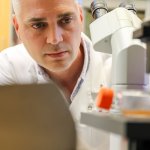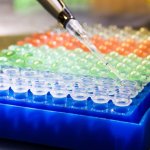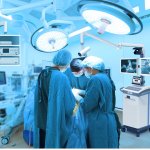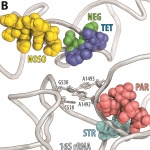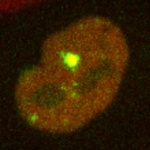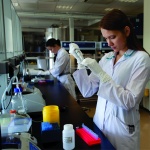
Product • Autonomous surgical navigation robot
Brain Navi • NaoTrac
NaoTrac is a fully autonomous surgical navigation robot designed to enhance precision, safety, and efficiency in neurosurgery. By integrating advanced technologies with the expertise of surgeons, NaoTrac streamlines surgical workflows, shortens the learning curve, and improves patient outcomes.


















